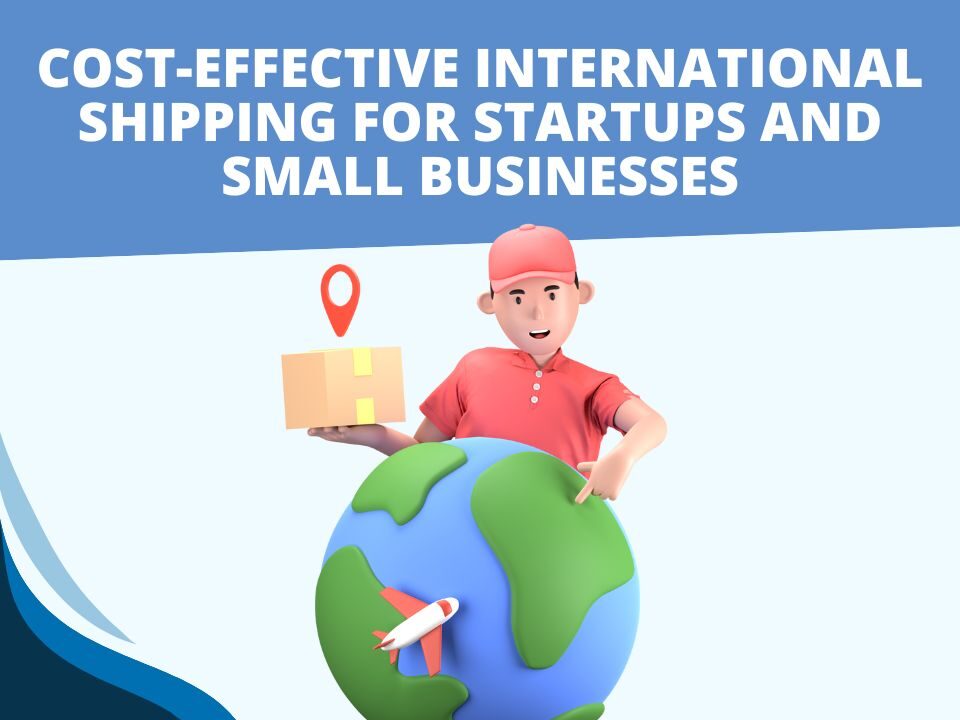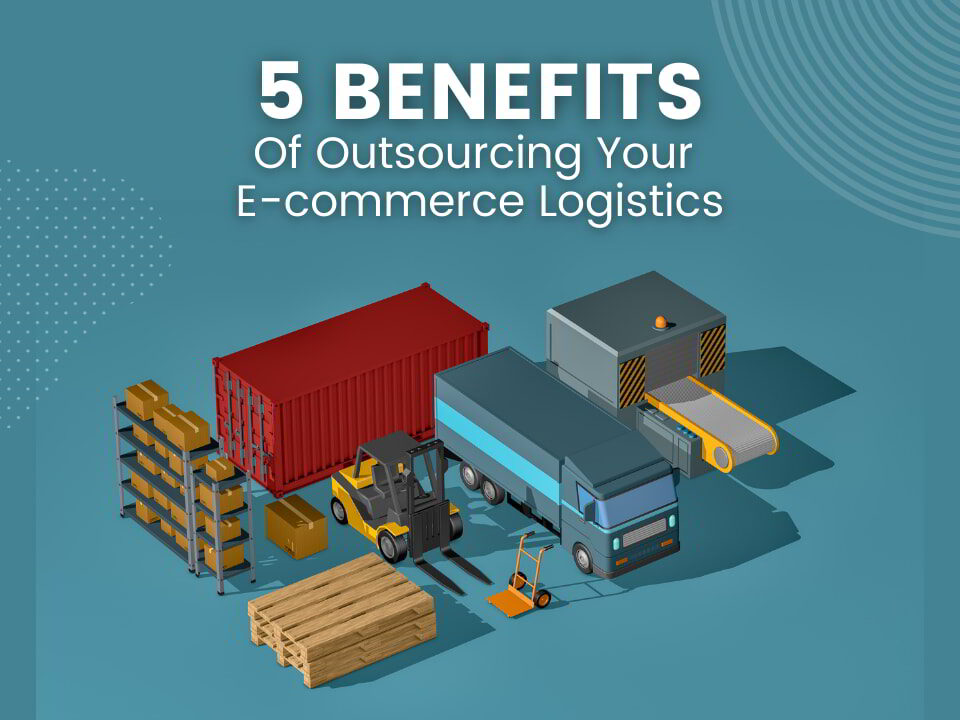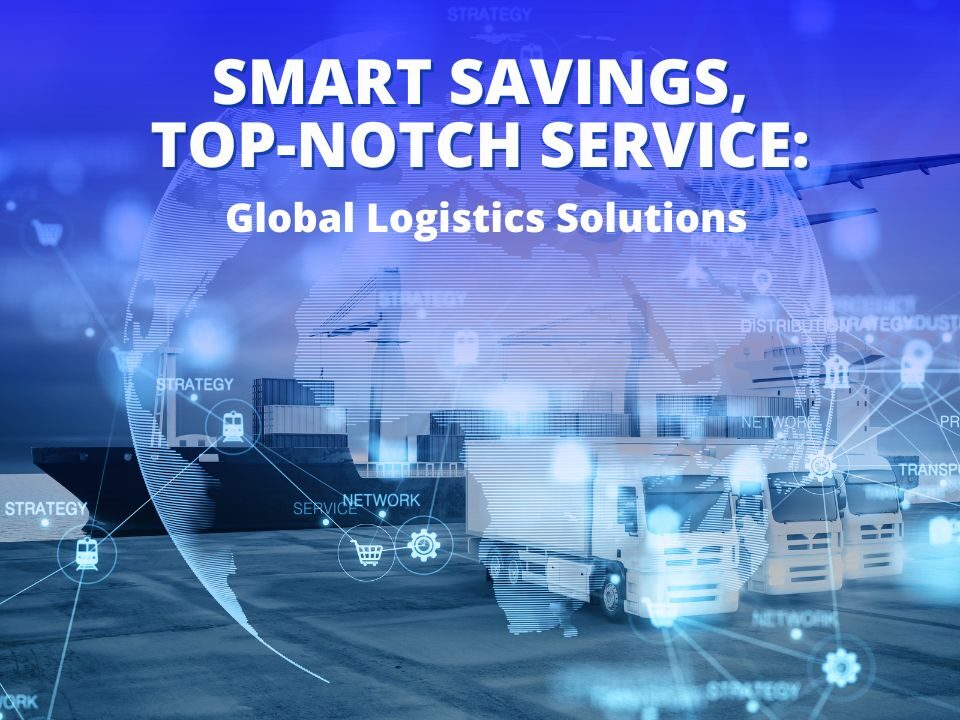Cost-Effective International Shipping For Startups And Small Businesses
Getting your goods delivered is the last step when you buy something, but it’s just as important as the first step. Imagine your customers found a great product and had a good time shopping, but if there’s a problem with how your goods are delivered, they won’t be happy. So, making sure things get to you smoothly is super important!
If you own a small business, dealing with shipping can be complicated and take up a lot of time. But don’t worry! By using some smart strategies, you can make international shipping for small business much easier and save both time and money. Just make sure to pack your items well, choose the right shipping company, use automation for some tasks and stay organized. This blog will talk about why it’s important to pick the right shipping service, what things you should think about and more helpful tips to make shipping simple for you.
Importance of Choosing the Right Shipping Partner for Small Businesses & Startups
1. Saving Money on Shipping
Picking the right shipping service helps you save money. Different services have various rates and for small businesses with tight budgets, it’s crucial to find one that is cost-effective. This way, you won’t spend too much on shipping and can use that money for other parts of your business.
2. Being On Time Every Time
The right shipping service ensures that your orders arrive on time. This is especially important for small businesses aiming to gain customer trust. If orders are delayed, it can lead to bad reviews and losing customers. So, choosing a reliable shipping service helps you keep a good reputation.
3. Tracking and Insurance for Peace of Mind
A good international shipping service for small businesses provides tracking and insurance. Tracking lets you follow your packages, making sure they reach their destination safely. Insurance protects your business if something goes wrong, like if a package gets lost or damaged. Picking a shipping solution with these features means you can be confident that your packages are safe and protected.
4. Dealing with International Shipping
If your business ships internationally, it’s essential to choose a shipping service that handles international orders well. International shipping is more complex than domestic, involving different rules. By going with a shipping service experienced in international shipping, you ensure that your global orders are delivered safely and smoothly.
5. Environmental Sustainability
Some customers prioritize eco-friendly practices. Choosing a shipping service that offers sustainable packaging options or carbon-neutral shipping can appeal to environmentally conscious consumers and align your business with responsible practices.
To avoid problems with shipping, it’s smart to choose a reliable platform that makes things easy for you. Having one platform for shipping, tracking, and other eCommerce tasks like managing orders will save you a ton of time and hassle.
So, are you ready to ship your next parcel? Let Pace Express Be Your Smart Ally!












